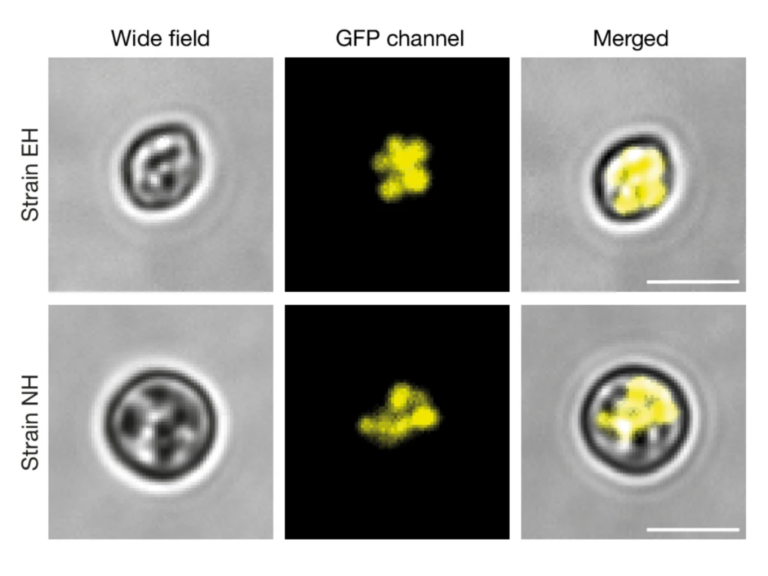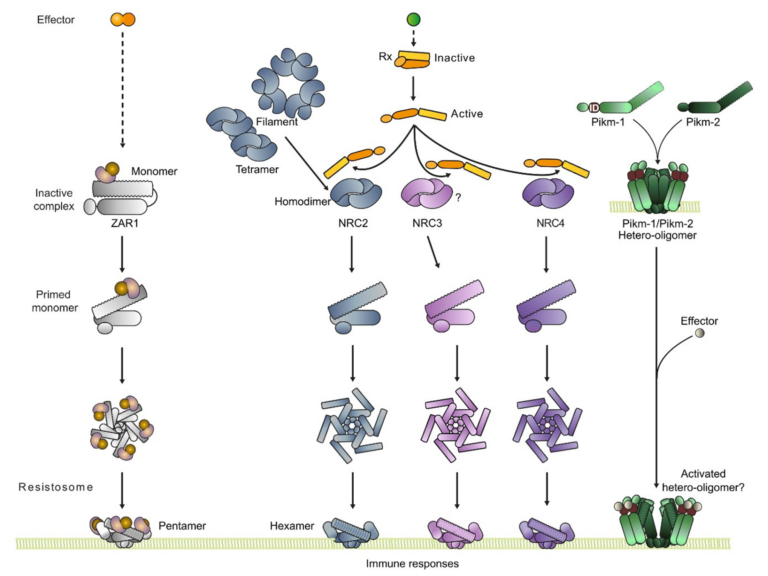Dual RNA-Seq profiling unveils mycoparasitic activities of Trichoderma atroviride against haploid Armillaria ostoyae in antagonistic interaction assays
Abstract
Armillaria ostoyae, a species among the destructive forest pathogens from the genus Armillaria, causes root rot disease on woody plants worldwide. Efficient control measures to limit the growth and impact of this severe underground pathogen are under investigation. In a previous study, a new soilborne fungal isolate, Trichoderma atroviride SZMC 24276 (TA), exhibited high antagonistic efficacy, which suggested that it could be utilized as a biocontrol agent. The dual culture assay results indicated that the haploid A. ostoyae-derivative SZMC 23085 (AO) (C18/9) is highly susceptible to the mycelial invasion of TA. In the present study, we analyzed the transcriptome of AO and that of TA in in vitro dual culture assays to test the molecular arsenal of Trichodermaantagonism and the defense mechanisms of Armillaria. We conducted time-course analysis and functional annotation and analyzed enriched pathways and differentially expressed genes including biocontrol-related candidate genes from TA and defense-related candidate genes from AO. The results indicated that TA deployed several biocontrol mechanisms when confronted with AO. In response, AO initiated multiple defense mechanisms to protect against the fungal attack. To our knowledge, the present study offers the first transcriptome analysis of a biocontrol fungus attacking AO. Overall, this study provides insights that aid the further exploration of plant pathogen-biocontrol agent interaction mechanisms.


